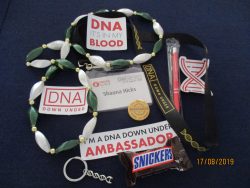
Ambassador goodies
I was privileged to be an ambassador for the Unlock the Past DNA Down Under tour and went to both the one day Brisbane and 3 day Sydney events. Read about my report for Brisbane here. As Sydney was over 3 days I will report first on Days 1 and 2 and then a second blog post for Day 3 and an overall review. A lot of DNA topics were covered and I was really glad to have made the trip to Sydney.
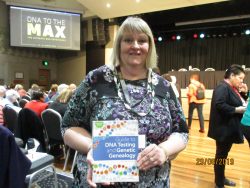
And it was personally signed by Blaine
After the registration queue in Brisbane, my room mate and I decided to arrive early and arrived at the venue at 8.00 am. Too late – there was already a sizable queue and it wasn’t due to open until 8.30 am. Thankfully they opened up early (it was a bit cool outside) and we all swarmed into the Castle Hill RSL which is quite palatial. Up two floors of escalators (we don’t even have any buildings that high on Bribie Island) to the exhibitor area and registration desk.
I swooped in early to buy a copy of the second edition of Blaine Bettinger’s book The Family Tree Guide to DNA Testing and Genetic Genealogy as I had missed out in Brisbane.
Then it was seeking out the coffee machine and catching up with old friends. The noise level of 400 genealogists has to be heard to be believed. However, by 9.00 am Blaine Bettinger was ready to go and his stamina was amazing as he gave the most talks over the three days. There were two other streams that catered for beginners or those wanting specific topics. Main speakers included Louise Coakley, Kerry Farmer and Michelle Patient with a number of other speakers giving one talk each.
First session was Blaine on Understanding and Interpreting Your Ethnicity Results which was a good introduction to the conference. Ethnicity results have improved over the last few years with bigger testing groups and Blaine showed how they could be used in conjunction with traditional genealogy research. They are not ‘just entertainment’ but they have limitations. It’s like any resource/tool, it needs to be used with other resources. Another Blaine phrase I liked was ‘source snobbery’. A key thing to remember is that modern geographic names don’t relate to borders which may have changed many times over the centuries.
The next session was a choice of three and I chose Fiona Brooker’s The Magic of DNA. This was a good introductory topic and Fiona highlighted how it can help to break down brick walls or confirm existing paper research. A key phrase here was ‘anticipation or trepidation’ which is quite true. We look forward to the results but we should keep in mind there may be some surprises and deep family secrets. Fiona left us with the thought ‘what happens to your DNA when you die’.
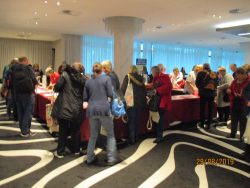
Exhibitor area
Then morning tea time and there were some delicious slices/cakes but the queues for the coffee machines were too long and the tea table also lengthy. The noise level was extraordinary as everyone chatted and looked at the exhibits. Some fled back to the auditorium where it was quieter and you could actually hear others.
My next session was Louise Coakley on Different Paths: DNA Inheritance Patterns. As I had heard some of Blaine’s talks in Brisbane I was able to listen to some of the other speakers talks. Louise said that matching up to 3rd cousins is good, by 5th cousins it is less and beyond 6th cousins is remote. But that still gives us most of the generations within our traditional genealogical research. Certainly I have found distant cousins that confirm my paper trail. She also mentioned the Automated Relationship Calculator on the DNA Painter website and I need to remember this more. Although I do have a paper copy of Blaine’s cM Project relationship chart beside the laptop.
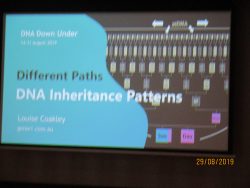
Louise Coakley’s session
Lunch was a wide variety of sandwiches and with the longer time, much easier to get a coffee. Then two sessions with Blaine.
First was Evaluating a Genealogical Conclusion including DNA. Wise words here were take time to analyse, don’t blindly accept. We are all guilty of confirmation bias – we want the results to prove our findings but we should really be trying to reject the match to counter this bias. Of course, new data can overturn any hypothesis. Segment size is important and try to look for larger segments with 10 CM safe.
The big thing for me here was ‘tree completeness’ – how complete is your family tree at that level and how do you know that the DNA doesn’t descend from someone you haven’t discovered yet. Blaine said, of our 16 GG grandparents only 67% have tree completeness, all 32 GGG grandparents is only 20% and for all 64 GGGG grandparents it is only 3%. A review of my tree completeness is on the to do list and it will be something I will be looking for when examining other people’s matches and trees.
Second was The Latest Advances in Third Party Tools for Autosomal DNA. Some of the tools mentioned included GEDMatch, Med Better DNA (a Chrome extension that works with Ancestry matches), Genetic Affairs and DNA Painter. Key phrase – no one size fits all! It may depend on what your DNA research question is, as to which one will be more useful or a combination of. I have used GEDMatch but not the Tier One tools which are only $10US for a month. This is something that is definitely on the to do list when I have a month spare. With Genetic Affairs Blaine said he primarily uses it for monitoring his new matches as it is a match notification tool. Clusters can be created from Genetic Affairs or MyHeritage and these give a visual representation of related groups. DNA Painter Trees are good for tree completeness.
Afternoon tea followed and then I went to Kerry Farmer‘s Endogamy and Jewish DNA. I haven’t got Jewish ancestors but I have a friend who does and is struggling to understand her matches. After Kerry’s talk I know more about collapsed pedigrees due to cousins marrying. Hopefully I will be able to pass on all the tips and make it meaningful to my friend. Kerry mentioned Laras Jewnealogy blog for those with Jewish ancestry.
End of Day One and quite a few groups stayed on at the RSL for drinks and dinner before going back to respective motels.
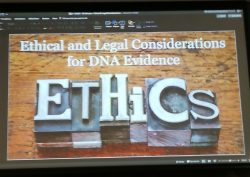
Another Blaine Bettinger session
Day Two started with Blaine talking about Ethical and Legal Considerations for DNA Evidence. This is an area where we need to educate ourselves and others as DNA may uncover surprises and secrets. Informed consent means including telling testers about this possibility and also asking what do they want to do if something does turn up. Some people may not want to know.
Blaine mentioned the Genetic Genealogy Standards and then discussed some key ones. No. 11 is Designate a DNA beneficiary for after our death – otherwise Blaine foresees a ‘coming plague of Zombie DNA accounts’. Have a DNA (and a genealogy) transition plan including logins and passwords which go to someone. Read the standards for more great advice to follow.
Then I went to Shelley Crawford’s (Connected DNA) What Am I Looking At? DNA Match Cluster Visualisations which was fascinating. I learnt how to better interpret my match clusters (I used the MyHeritage tool to create mine) and also how there are different ways to cluster, some free and some for a fee. Shelley also provided an insight into how to do it yourself with free software such as Node XL, Gephi, Cytoscape and Tulip. I’m not sure about doing it myself but I will certainly have a look at some of these and then there is always Shelley’s service for those who don’t want to do it themselves.
Morning tea time and again delicious cakes/slices, tea/coffee queues and noise. Everybody was super excited about all the different talks. I’m looking forward to getting the speaker handouts, especially for the talks I couldn’t attend.
My next session was Blaine and Shared Matches and Genetic Networks. There are two types of genetic networks. First, try and group your matches into shared matches and second, match up shared segments of DNA. The latter made sense to me as I have a small cluster who all match on Chromosome 3 in the same place – only problem is that we can’t work out who the common ancestor is. Remember that not all matches in a group may match each other. Just because matches overlap in a chromosome browser doesn’t mean that they are related. Blaine mentioned Shelley’s cluster work so I was glad I had gone to that talk earlier. Ancestry allow users to cluster families by coloured dots and I have used that effectively, although still some unknown pockets. It was refreshing to hear Blaine say that he spends most of his time with shared matches and building trees and not a lot of time with 3rd party tools. These are mostly used for problem solving.
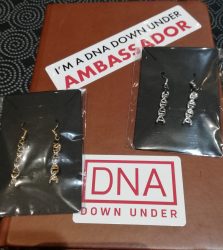
Gold and silver DNA earrings for every occasion
Lunch followed with more sandwiches, tea/coffee and chatting to people.
The afternoon sessions were heavy with Blaine talking about Advanced Third Party Tools. Here he spoke about some of the Tier 1 tools available in GEDMatch including segment search, chromosome browser, triangulation, phasing and Lazarus. The latter is creating a DNA profile for a deceased person. This is something that I want to try and another reason to try out the Tier 1 tools for a month subscription.
This was followed by Visual Phasing How To which Blaine started by saying it was most difficult but very rewarding. At least he warned us. It also works best if you use three siblings which is no good for those of us without large families. He mentioned that there is a 30 page PDF on his blog which shows the process step by step. I’m still considering whether I will try it with just my brother and I. Although now that I have identified Dad’s family, I may not need to go to this effort but nice to know the process.
Afternoon tea was followed by a panel on DNA Ethics chaired by Kerry Farmer. Panellists were Brad Argent (Ancestry), Blaine Bettinger, Louise Coakley, Michelle Patient, and Helen Smith. There were some interesting questions and not always a simple answer and differing viewpoints. This was very much the right to know versus the right to privacy. I liked Brad Argent’s concept that identity is instant but privacy is over time which I related to. When I discovered Dad was not the biological son of Granddad I immediately felt that I had lost my identity and it took time to accept this and to refocus. We need time to adapt to new surprise/shock family information, both the tester and other family members. Sometimes it may be better to let them come to you.
Some key learnings – we have the right to learn our identity but not the right to a relationship; people have baggage and that goes both ways; informed consent and permissions is critical. Search for the truth and the truth will set you free. Secrets can be toxic so the consensus was to disclose family information but age and personality of the person might also be a factor. Remember you can’t take it back so take time to resolve issues.
End of Day Two and back down to the bar and bistro to unwind and debrief. By that stage I was hoping that my notes would make sense back home and that I would remember things once I sat in front of the laptop again looking at my own DNA matches. So much information and things to follow up or relook at again with a fresh viewpoint.
In the next blog post I will look at Day 3 and my overall impressions of DNA Down Under. Sneak preview – when’s the next DNA Down Under?
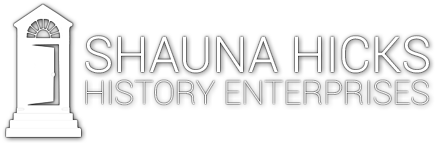

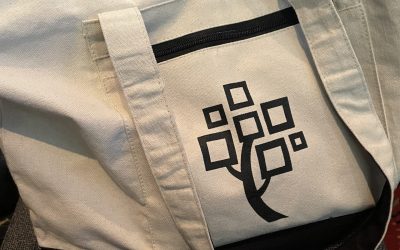
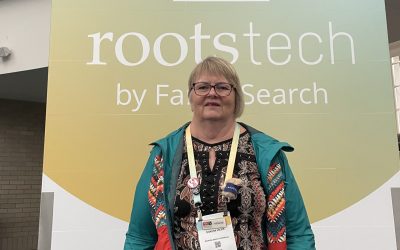
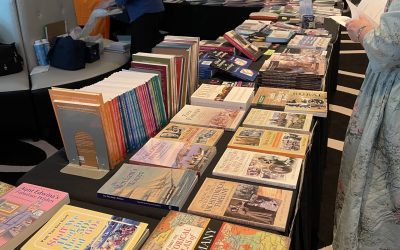
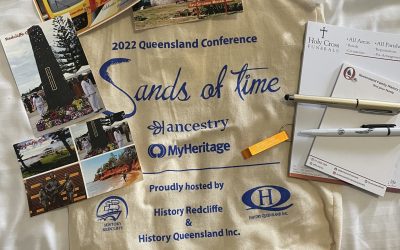
0 Comments